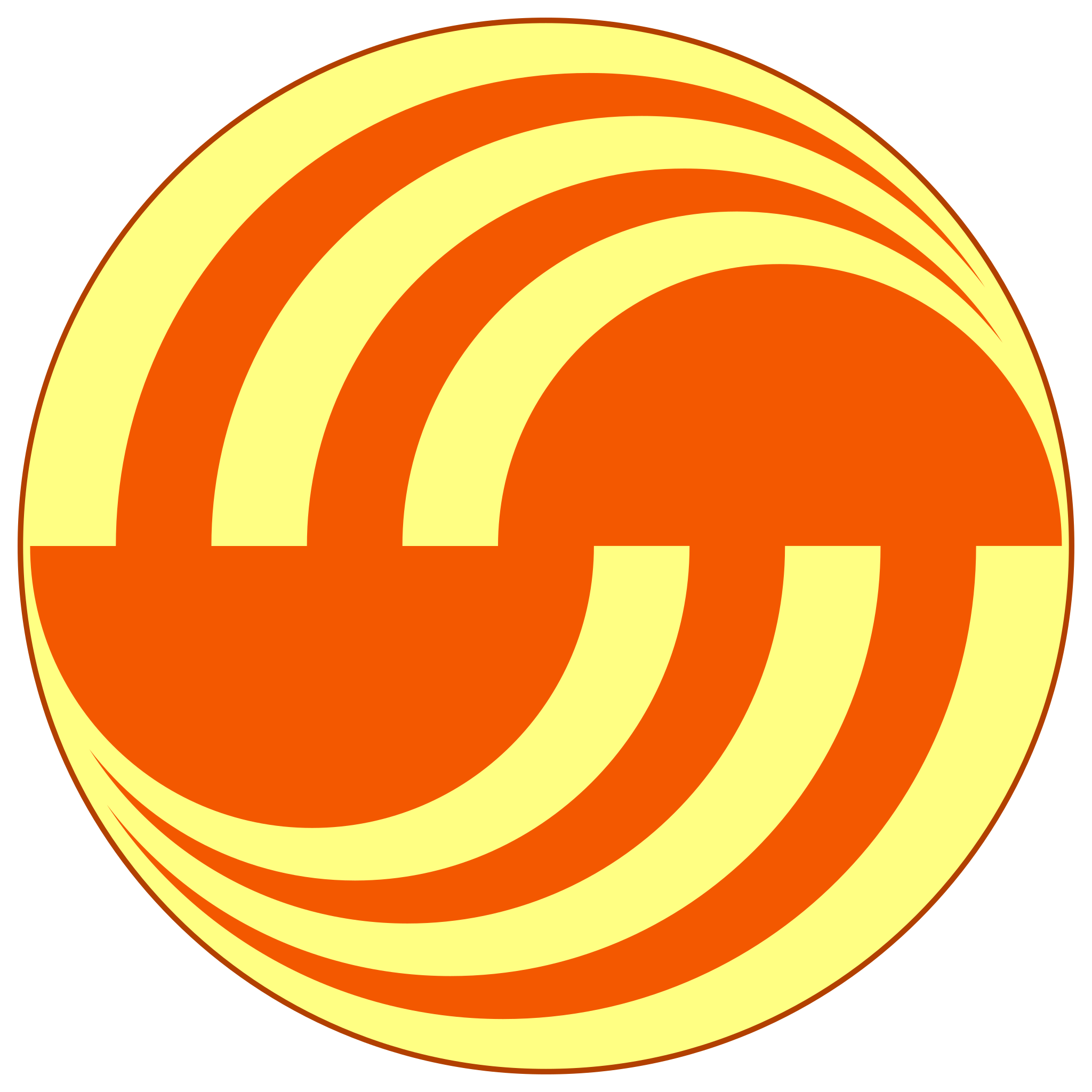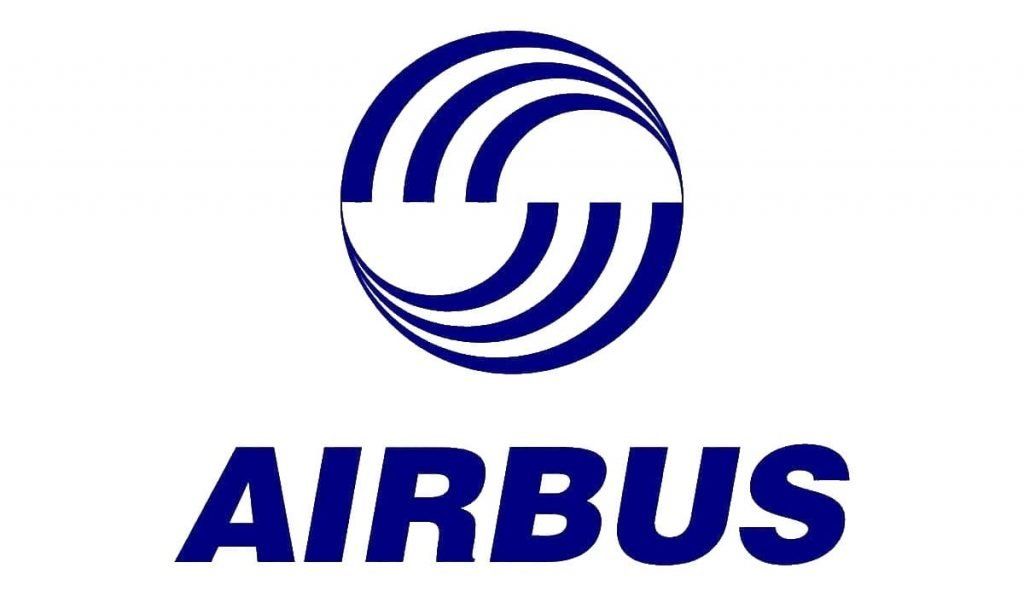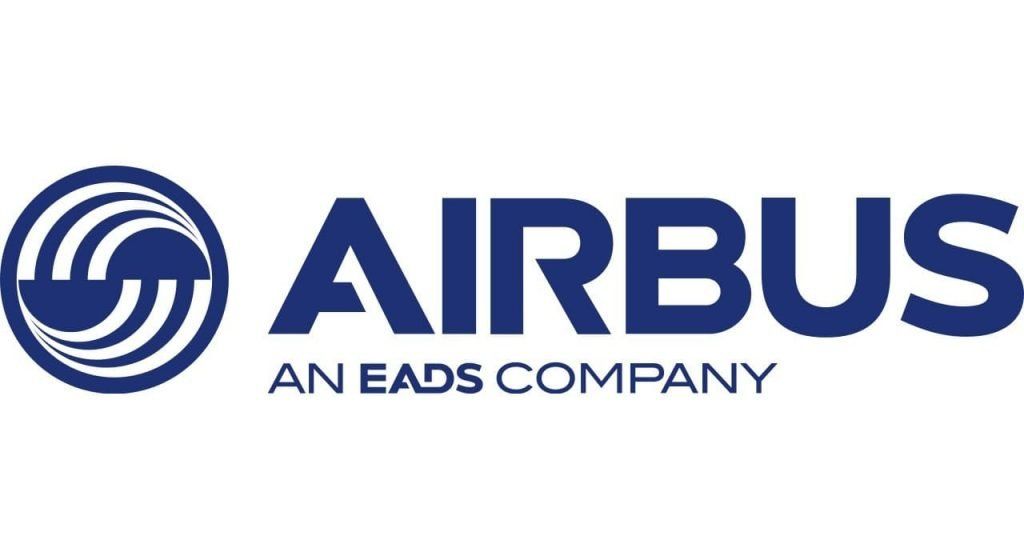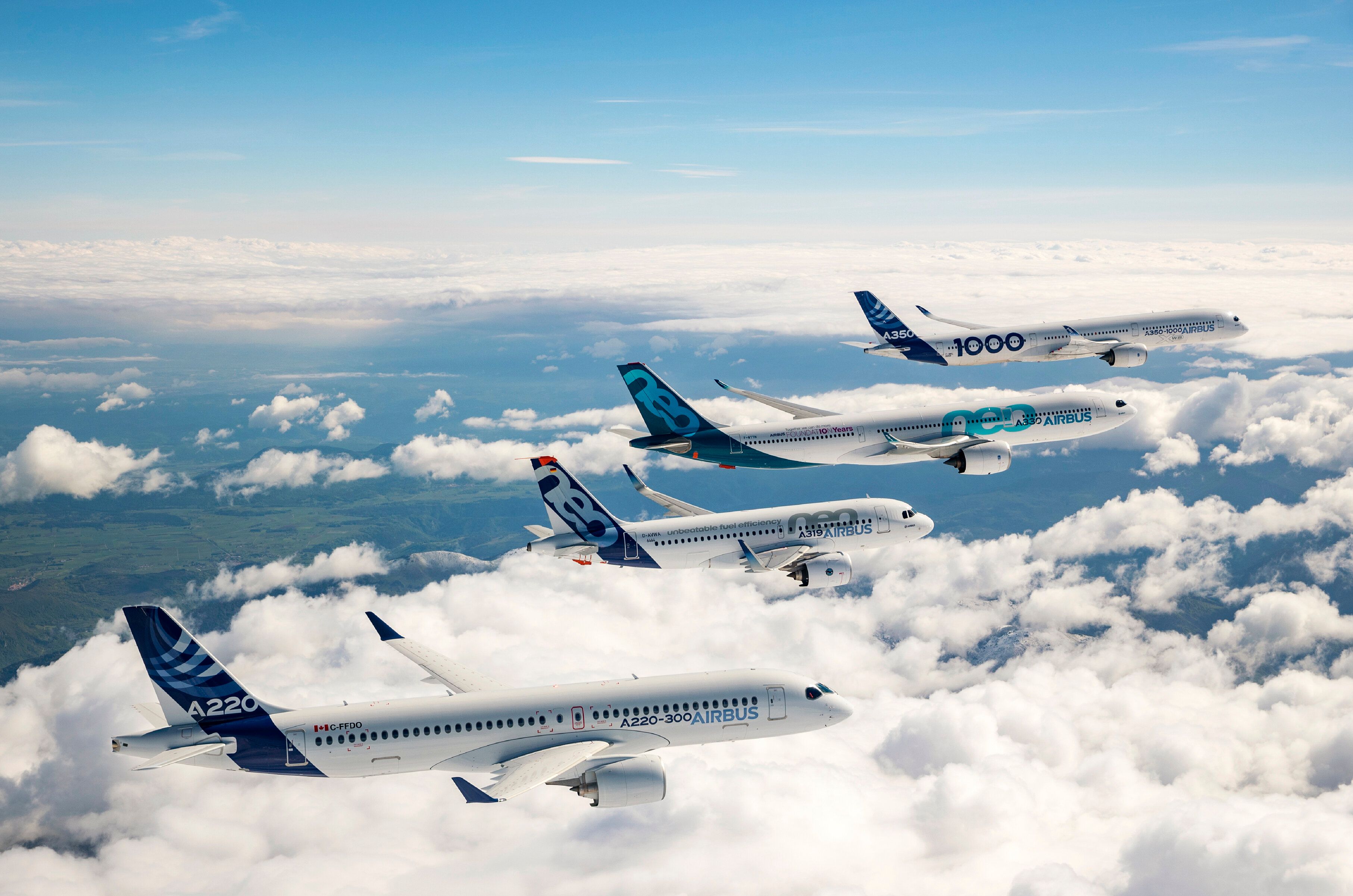In the 1960s, commercial aviation was dominated by Boeing, with smaller plane makers needing more resources to compete. Douglas and Lockheed had a firm footing, but Europe needed to catch up on a global industry that would create thousands of well-paid jobs. Convinced that a twin-engine powered airliner could replace the three-engine DC-10 and Lockheed TriStar, the French and German governments began discussions.
German and French companies merged to become Airbus
This led to an agreement being signed by French Transport Minister Jean Chamant and German Economics Minister Karl Schiller at the 1969 Paris Air Show. To manufacture the aircraft that would become the Airbus A300, Germany’s DaimlerChrysler Aerospace AG (DASA) and France’s Aérospatiale merged to become Airbus.
The newly created company needed a logo and came up with a design that incorporated the symbols of the merged companies. They combined a four-ray star from Germany’s DaimlerChrysler Aerospace AG and a curved arrow from France’s Aérospatiale with the letters EADS (European Aeronautic Defense and Space Company).
For a logo for its aircraft, Airbus took a broken circle in two identical halves that contained a dynamic abstract curved pattern intended to represent the earth and aircraft flying around it. In the 1970s, browns, oranges, and purples were considered groovy colors, so Airbus went with orange and yellow for its logo.
A new forward-looking identity
By 2001, Airbus had found its footing in the aviation space, and wanted a brand that reflected its forward-looking identity. The yellow and orange of the original logo was considered dated, and so Airbus swapped it for a simple blue-based logo. Blue is considered the color of professionalism, quality and trust, so was considered a good fit for the manufacturer’s identity. The swirly globe stayed, but was simplified. The company name was presented in a simple, italicized typeface.
Photo: Airbus
In 2010, Airbus decided it was time to change and unveiled a new branding. The planemaker introduced a modernized typeface that was already being used by parent company EADS, and added the EADS strapline below.
Photo: Airbus
When speaking about the changes, German corporate identity portal ci-portal.de quotes former Airbus President and CEO Tom Enders as saying:
“We have retained many of our logo’s original features – such as the iconic ball and the deep blue that characterize Airbus and which have helped build the brand into a global household name, with over 90 % awareness among the traveling public and a reputation as a leader in innovation and leading-edge technology,” Enders said. “But we also have modernized our identity to reflect tomorrow’s design era and marketing needs.”
According to Enders, the globe-shaped logo with two sets of three curved lines and an imaginary horizon represents the unification of the company’s two founders, DaimlerChrysler Aerospace AG and Aérospatiale.
Airbus removes the globe
In 2017, Airbus chose to minimize its logo and eliminated the globe altogether.
Image: Airbus
The current Airbus logo is simply the word AIRBUS in either blue on a white background, black on a white background or white lettering on a black background. For the designers out there, the color specs are: R0 G32 B91 / #00205b / Pantone 281C / C100 M85 Y5 K36 / RAL 5013
Source: Corporate Identity Portal.




